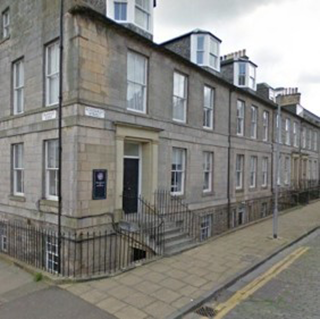About
The Higgs Centre for Theoretical Physics was established by the University of Edinburgh to seek answers to fundamental questions about the universe. We do this by creating opportunities for researchers and students from around the world to come together to formulate new theoretical concepts, taking us beyond the limitations of current paradigms.
The discovery of the Higgs boson at CERN in 2012, almost half a century after Peter Higgs' prediction in 1964, was a milestone in the history of theoretical physics. Rarely in the history of physics has a theoretical prediction been confirmed so spectacularly, so long after it was originally made.
This marked the start of a new era in theoretical physics. While the Standard Model of elementary particle physics is now complete, many fundamental questions remain unanswered. We still don't understand the intricate structure of charges and flavours in the Standard Model, nor what determines the values of its parameters. We are still struggling to build a compelling theory of quantum gravity, and understand the role played by the vacuum in the formation of the early Universe. We have no idea what dark matter and dark energy are, and we have difficulty understanding structure formation and complexity.
Edinburgh has a rich history of theoretical physics. In the nineteenth century James Clerk Maxwell was a student here, and his friend Peter Guthrie Tait, the inventor of knot theory, was a Professor. Max Born, one of the founders of quantum mechanics, was Tait Professor from 1936 until 1953, followed by Nick Kemmer, inventor of isospin. In 1960 Kemmer hired Peter Higgs as a Lecturer, and Peter remained here until his retirement in 1996. We have two Nobel prize winners: Born (1954) and Higgs (2013).

Peter Higgs
Find out more about
Peter Higgs and the 'Higgs boson'.

1 Roxburgh Street, Tait Institute
Find out more about
Mathematical Physics in Edinburgh and the Tait Chair.

Find us on social media:
TwitterFacebookYouTube